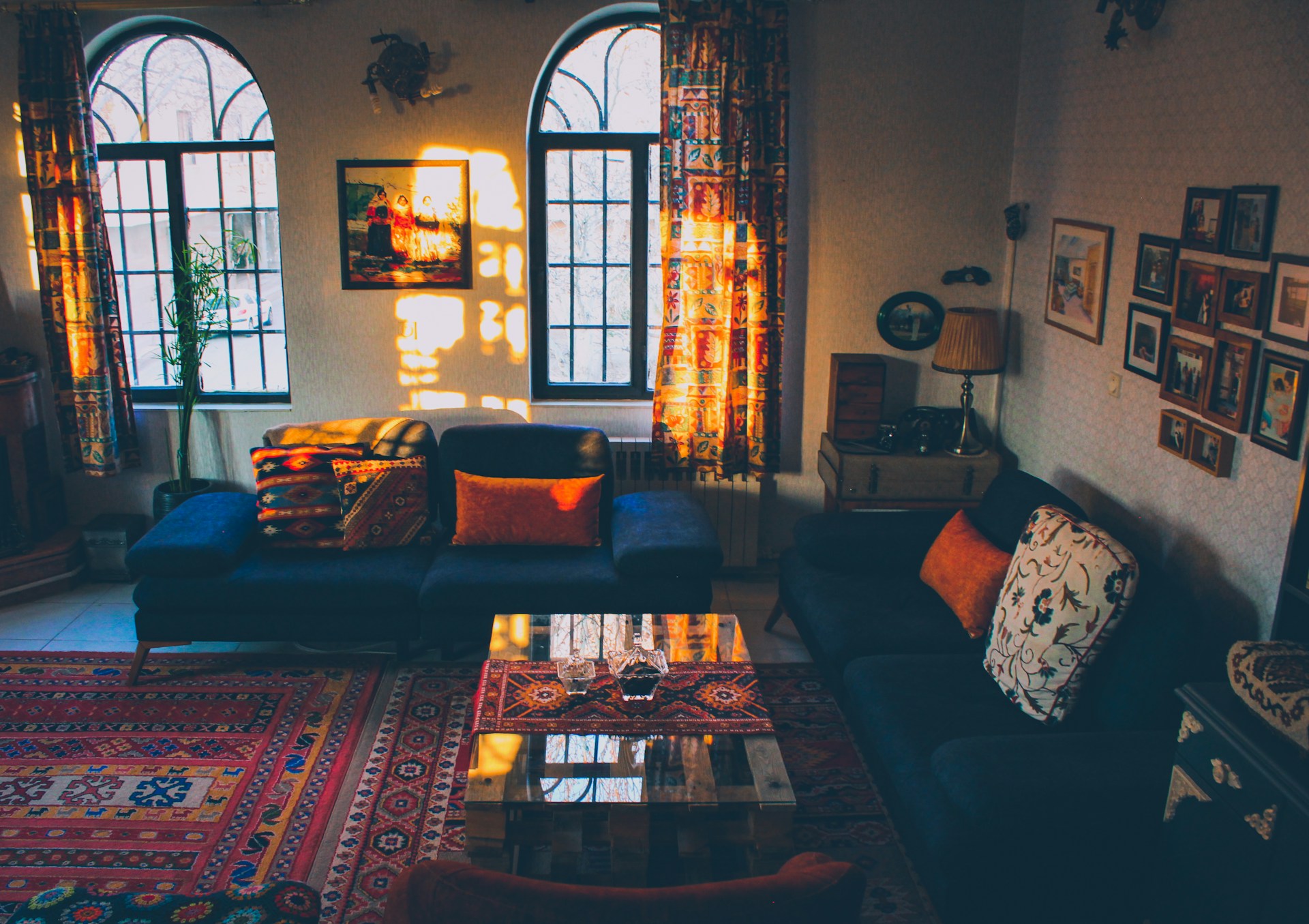Our homes should be our sanctuaries—a place where we can escape the stress of the outside world and truly recharge. However, with the lines between work, life, and rest becoming increasingly blurred, our living spaces can sometimes feel more chaotic than calm.
The good news is that you don’t need a complete renovation or a big budget to transform your home into a peaceful retreat. By making a few simple, intentional changes, you can create an environment that soothes your mind and supports your well-being.
Here are five simple steps to turn any corner of your home into a relaxing sanctuary.
1. Declutter Your Space, Declutter Your Mind
Visual clutter is one of the biggest hidden sources of stress in a home. A messy, disorganized space constantly sends signals to our brain that our work is never done. The simple act of decluttering can have a profound impact on your mental clarity.
Actionable Tip: You don’t have to tackle your entire home at once. Start with one small, manageable area, like your bedside table, a bookshelf, or the entryway.
- Remove everything from the surface.
- Keep only the items that are essential, beautiful, or bring you joy.
- Find a proper home for everything else or decide to donate or discard it. A clean, organized space is the foundation of a peaceful environment.
2. Bring Nature Indoors
Humans have an innate connection to nature, and bringing natural elements into our homes can instantly make a space feel more calming and alive. Plants, in particular, are known to purify the air and boost our mood.
Actionable Tip: If you’re new to plant care, start with a low-maintenance option like a snake plant, pothos, or ZZ plant. Even a small vase of fresh flowers or a bowl of stones or seashells can create a connection to the natural world and add a touch of organic beauty to your space.
3. Engage Your Sense of Smell
Scent is powerfully linked to memory and emotion, and it can be one of the quickest ways to change the atmosphere of a room. Calming aromas can signal to your brain that it’s time to relax and unwind.
Actionable Tip:
- Essential Oil Diffuser: Use a diffuser with calming scents like lavender, chamomile, or sandalwood.
- Candles: A beautifully scented candle can provide both a pleasant aroma and a soft, warm glow.
- Natural Scents: Simmer a pot of water on the stove with citrus peels and cinnamon sticks for a natural, comforting fragrance.
Choose a signature scent for your sanctuary that makes you feel instantly at ease.
4. Soften Your Lighting
Harsh, overhead lighting can feel sterile and stimulating, which is the opposite of what you want in a relaxing space. Creating layers of soft, warm light is key to establishing a cozy and inviting atmosphere.
Actionable Tip: Instead of relying on a single bright ceiling light, use multiple sources of light.
- Add a floor lamp or a table lamp with a warm-toned bulb.
- Use dimmer switches to control the intensity of the light.
- Incorporate candles or fairy lights for a gentle, magical glow in the evenings. This creates a soft ambiance that encourages relaxation.
5. Designate a “Comfort Corner”
Every home should have at least one spot that is dedicated purely to comfort and relaxation. This doesn’t have to be a whole room; it can be a single chair, a window seat, or even a collection of cushions on the floor.
Actionable Tip: Choose a corner and make it as comfortable as possible.
- Add a soft blanket and plush pillows.
- Keep a small table nearby for a cup of tea and a good book.
- Ensure it’s in a quiet area of your home, if possible. This becomes your go-to spot for reading, meditating, or simply doing nothing at all. It’s your personal space to disconnect and recharge.
By thoughtfully incorporating these simple elements, you can transform your home from just a place you live into a true sanctuary that nurtures your well-being every single day.

